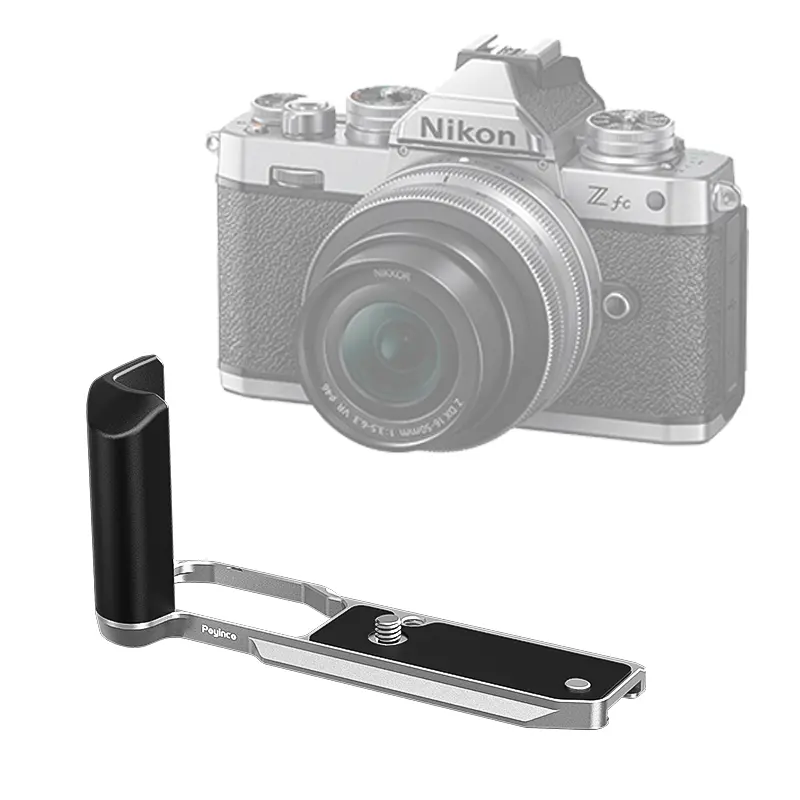

Time:2025-04-07 Views:1

Camera quick - release plates have emerged as an indispensable accessory in the world of photography. They simplify the process of attaching and detaching cameras from tripods, monopods, or other support systems, significantly enhancing the efficiency and flexibility of shooting.
Typically, a camera quick - release plate consists of two main components: a plate that attaches to the camera and a base that is mounted on the support device. The plate and the base are designed to engage with each other securely, yet allow for quick and easy separation. This is achieved through a variety of locking mechanisms, such as clamps, screws, or levers.
One of the primary advantages of camera quick - release plates is the time they save. In fast - paced shooting environments, such as sports or event photography, being able to quickly transfer a camera from one support to another can mean the difference between capturing the perfect shot and missing out. Additionally, quick - release plates enable photographers to adjust their camera positions more easily, whether it's for a different angle or a change in composition.
There are several types of camera quick - release plates available on the market, each with its own unique features and benefits. Some plates are designed to be lightweight and compact, making them ideal for travel and outdoor photography. Others are more robust and durable, suitable for professional use in demanding conditions.
not all quick - release plates are created equal. Compatibility is a crucial factor to consider. Different camera models may require different types of plates, and it's important to ensure that the plate you choose is compatible with your camera and support system. Additionally, the quality of the locking mechanism can vary, and a poorly designed or malfunctioning lock can result in the camera slipping or falling.
Read recommendations:
wooden camera quick release plate supplier